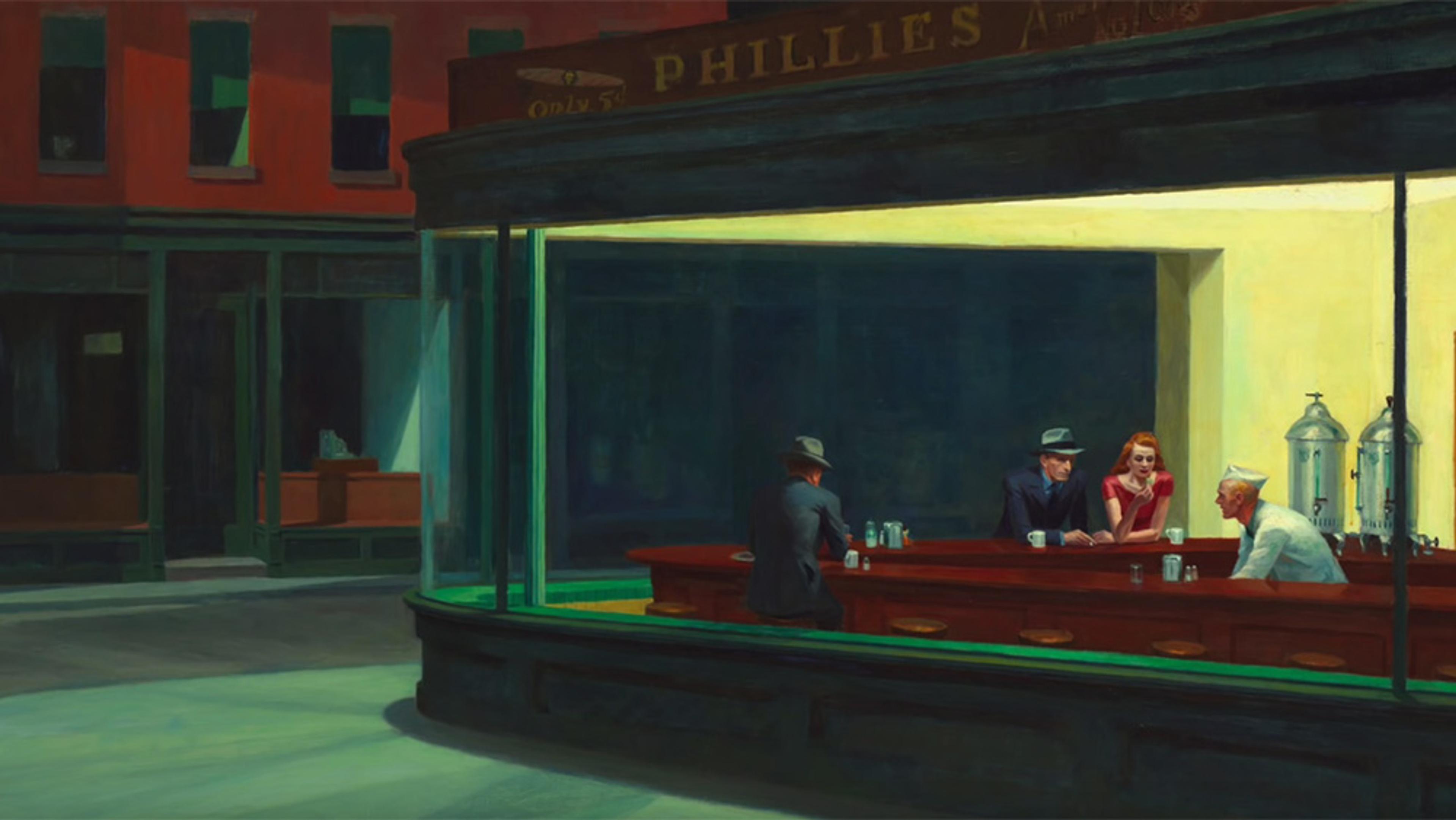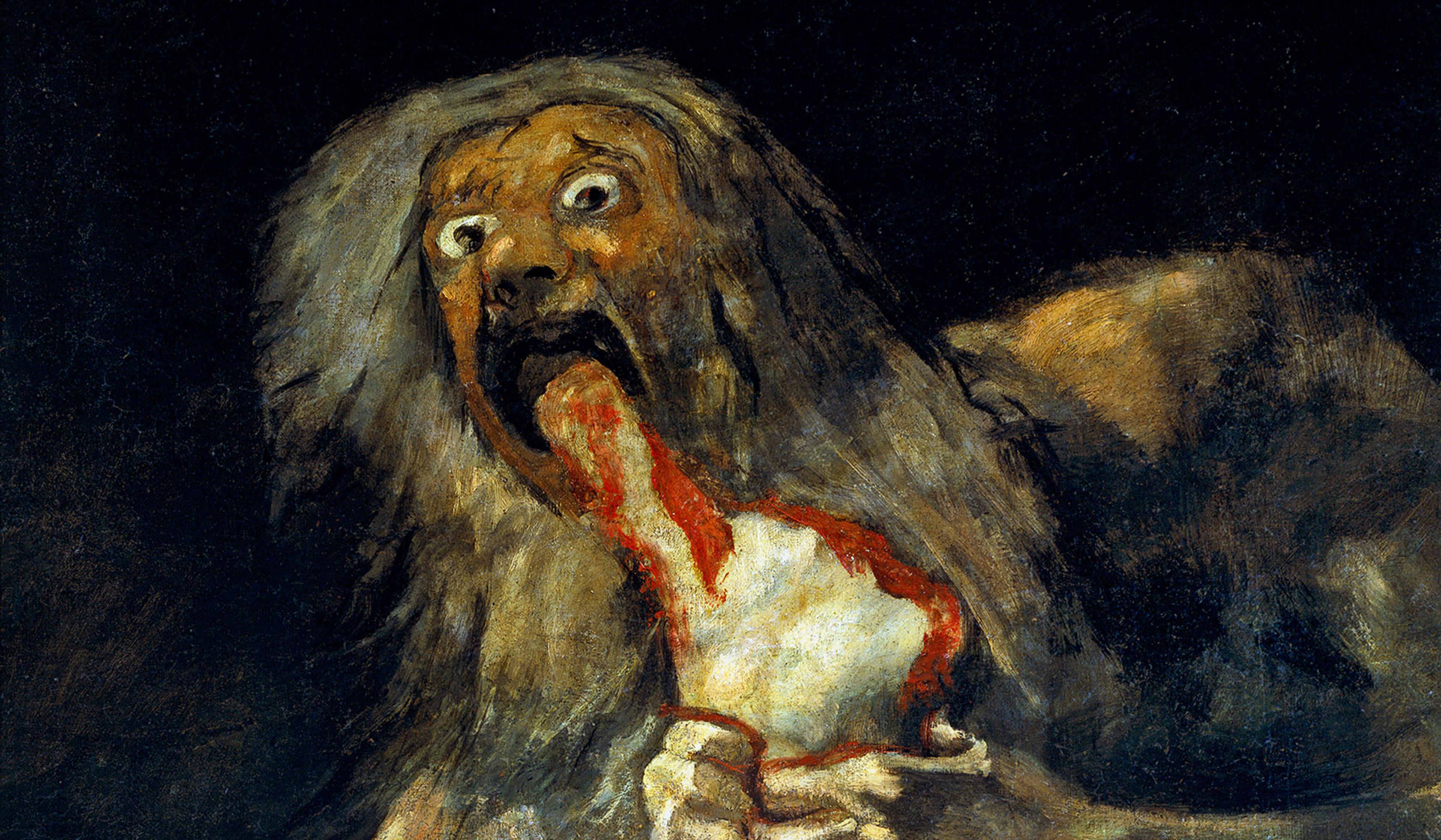Under the Wave off Kanagawa (or simply The Great Wave) by Katsushika Hokusai (1760-1849) was instantly popular in Japan upon its first printing around 1830. In the decades since, the work has grown to become a global phenomenon, with reproductions ubiquitous on the internet and lining a great many suburban living-room walls. The UK art writer James Payne takes on Hokusai’s masterpiece in this instalment from his YouTube series, Great Art Explained. And, as he explores, there’s something quite apropos about the piece’s widespread popularity, given that woodblock printing was then a highly commercialised Japanese art form and that, with time, the piece came to symbolise the end of Japan’s isolationist Edo period (1603-1867). Examining Hokusai’s life, times and work in the context of art history, Payne provides a sharp analysis of why The Great Wave has become such a resounding artistic and commercial success.
How Hokusai’s Great Wave emerged from Japan’s isolation to become a global icon
Video by Great Art Explained
27 July 2021

videoArt
Edward Hopper came of age with cinema. As an artist, he left a lasting mark on it
12 minutes

videoNature and landscape
California’s landscapes provide endless inspiration for a woodcut printmaker
10 minutes

videoArt
Creating art that was aware of itself – and the viewer – made Manet the first modernist
15 minutes

videoArt
The flickering ray of hope in the stark loneliness of Edward Hopper’s Nighthawks
8 minutes

videoBeauty and aesthetics
How Cézanne’s masterwork pushed painting towards experimentation and abstraction
7 minutes

videoArt
How a focus on the present moment has given David Hockney many lives
7 minutes


